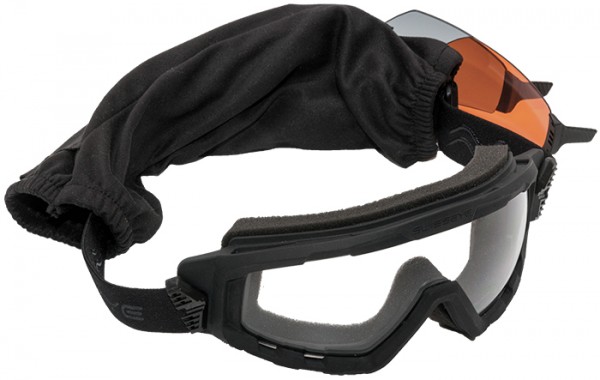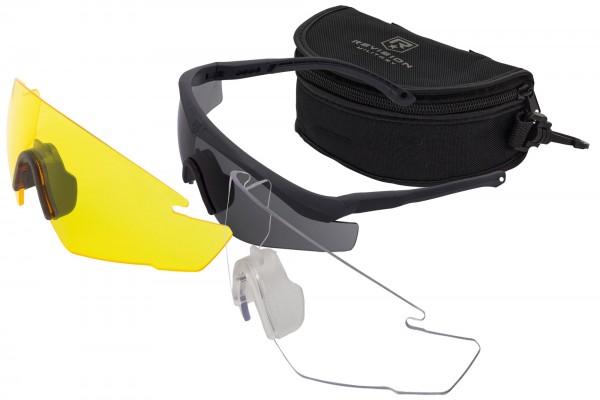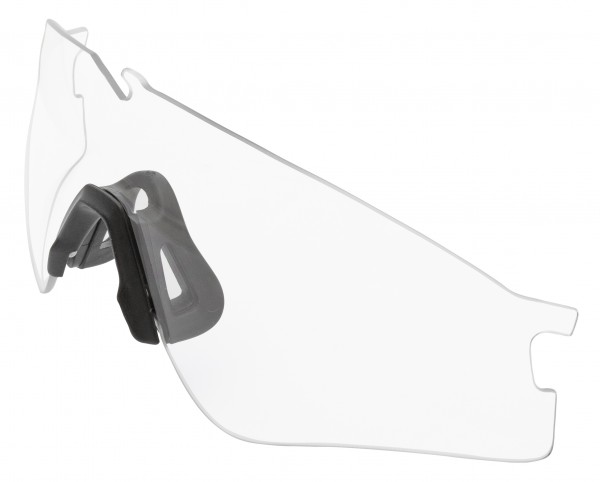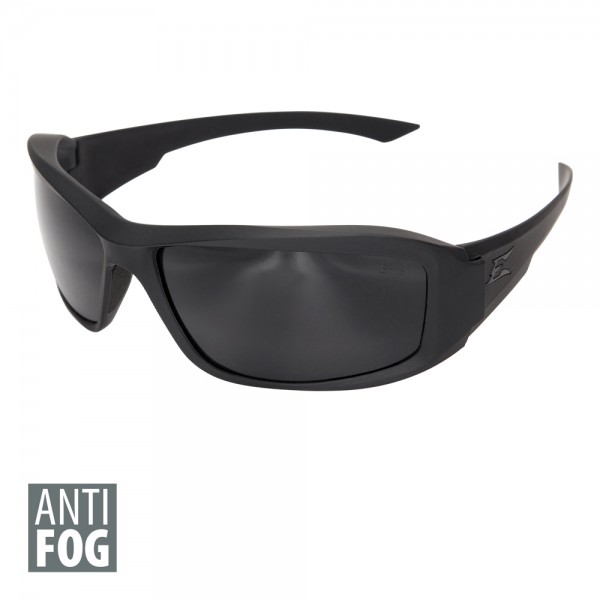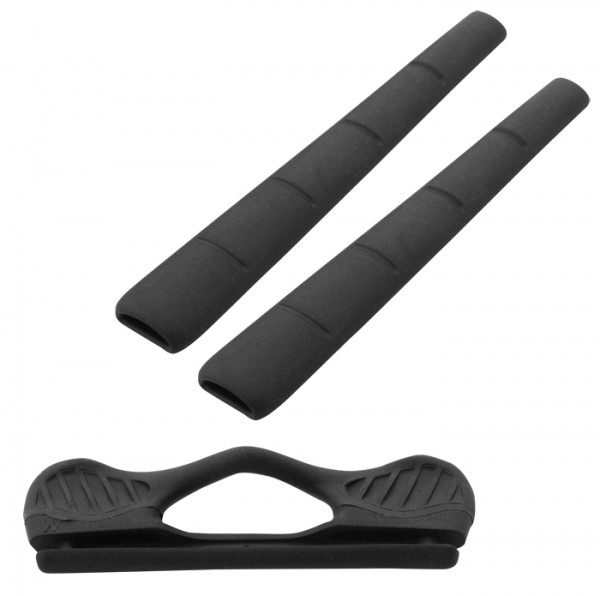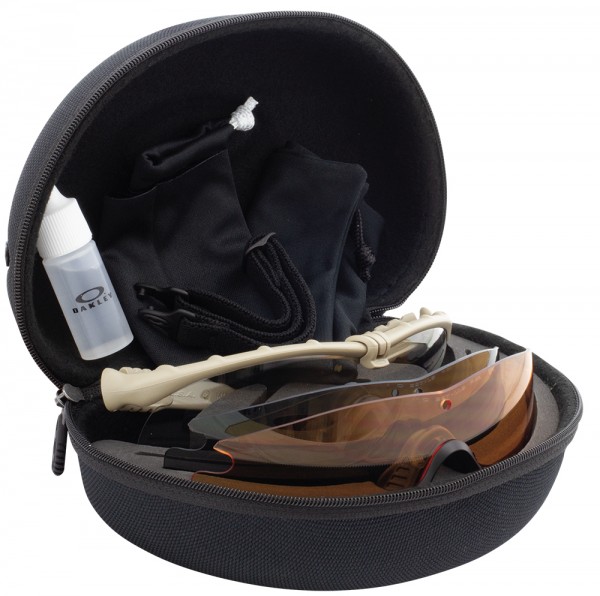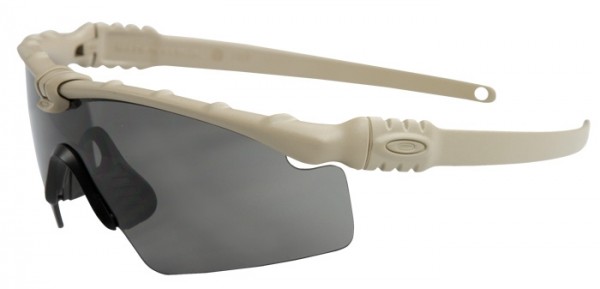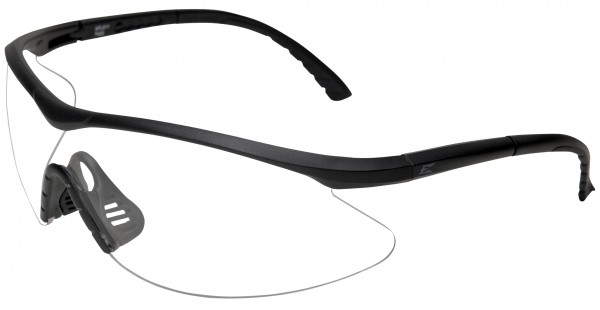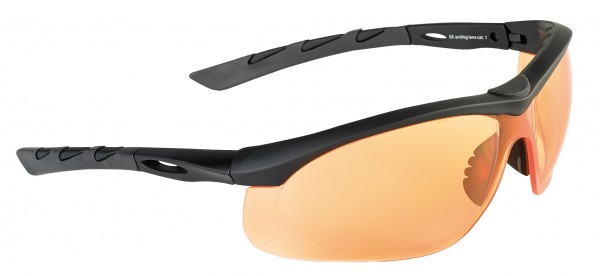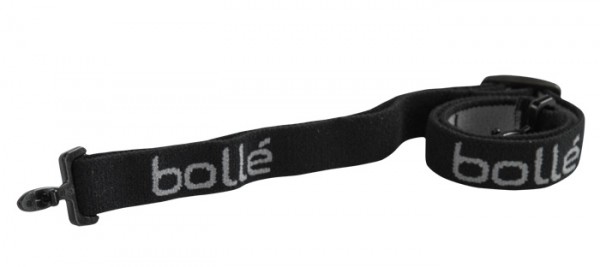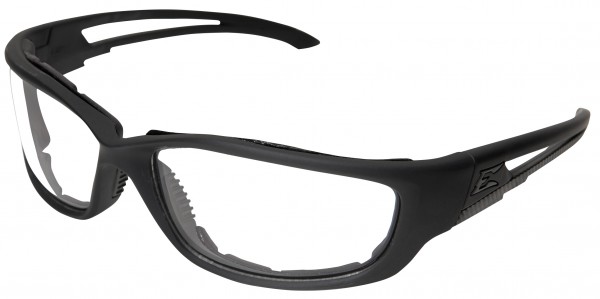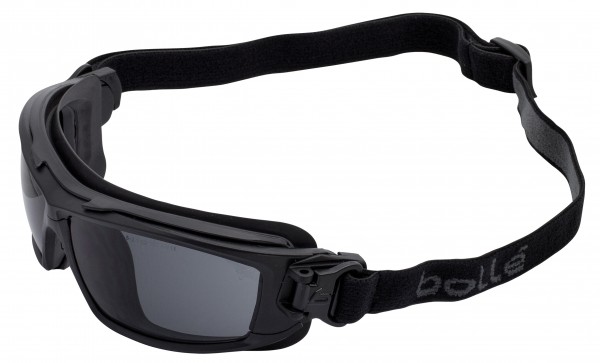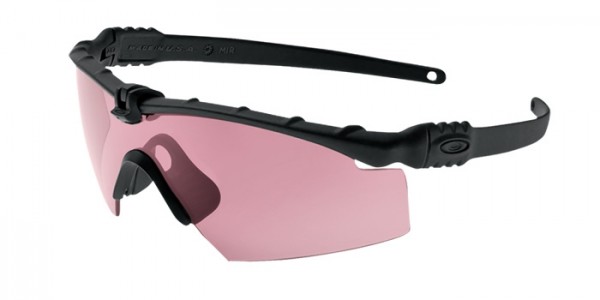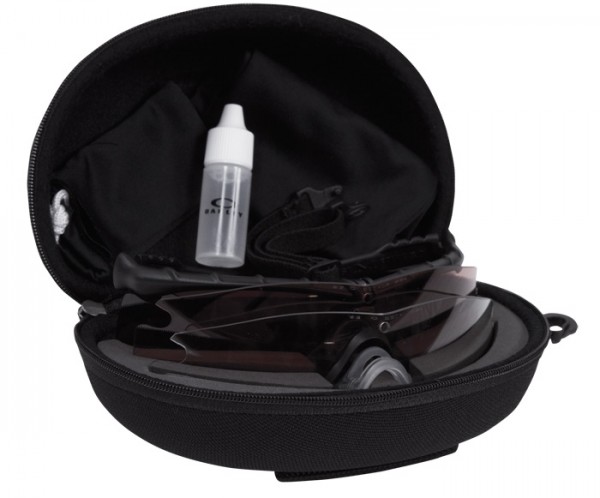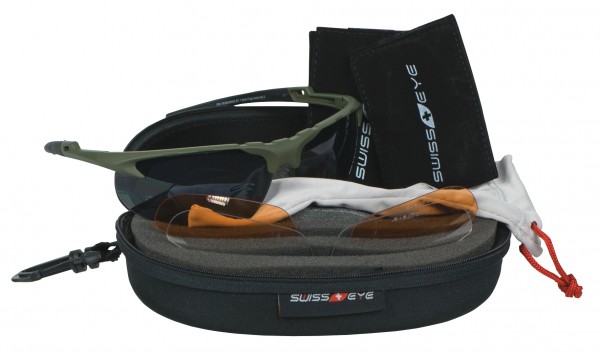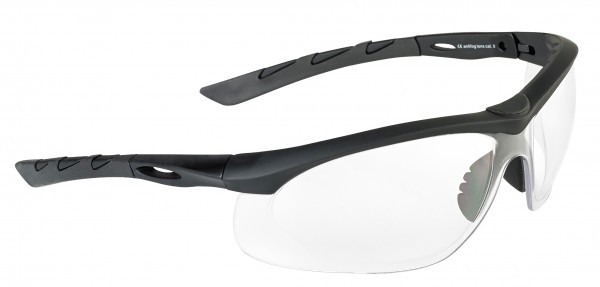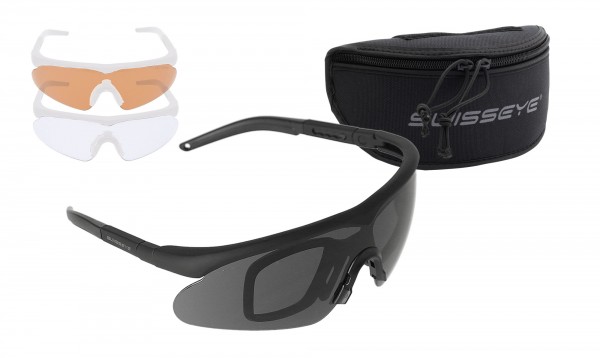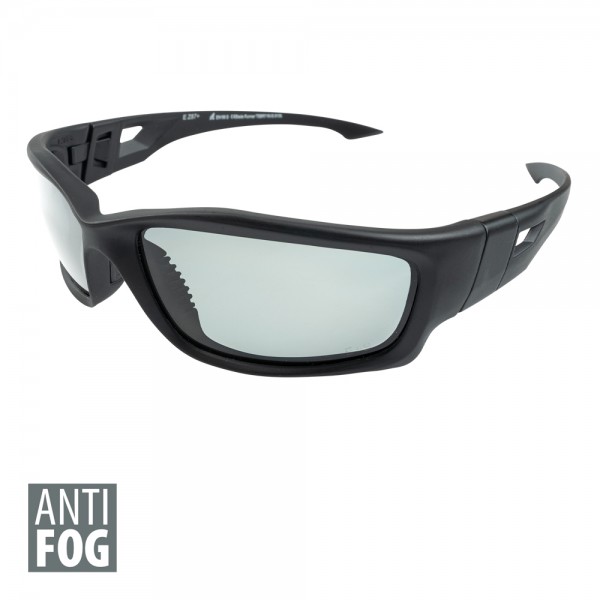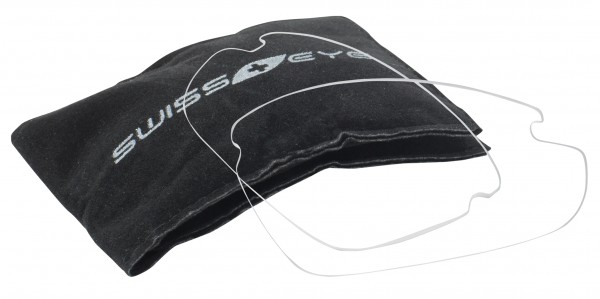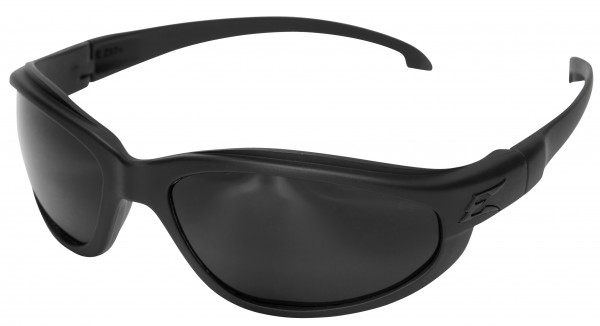€64.95 *
Prices incl. VAT plus shipping costs
The total price depends on the VAT rate of the country of delivery.
Ready to ship today,
Delivery time appr. 1-3 workdays
Short description
The G-TAC from Swiss Eye® Tactical is a lightweight ballistic full protection goggle with an innovative interchangeable system for the additional lenses.
Material
Lenses: polycarbonate; frame TR-90 nylon polyamide.
Beschreibung
The G-TAC from Swiss Eye® Tactical is a lightweight ballistic full protection goggle with an innovative exchange system for the additional lenses. The additional lenses are easily and quickly attached to the outside with a magnet. Removal of the goggles and cumbersome removal of the lenses is no longer necessary. The special microfiber bag on the headband protects the glasses, storage bag for the lenses and cleaning cloth in one. The elastic headband is coated with silicone on the inside to prevent slipping.
For the G-Tac can be ordered optionally RX Clip Adapter (617059) and glazed as desired at the optician. For cleaning, this can be removed very easily from the Tactical glasses.
Certified to EN 12312-1, MIL-PRF-32432, STANAG 4296, ANSI Z.87.1 and EN 166 (clear lens).
Details:
Lightweight full protection goggles with ballistic lens in clear.
Ventilation system.
Clear polycarbonate lens with antifog/antiscratch coating.
Attachment of the outer additional lenses by a magnet.
Elastic headband for adjustment and silicone coating for optimal grip.
Special microfiber pouch on the headband with storage space for the lenses.
100% UVA, UVB and UVC protection up to 400 nm (nanometers).
One size fits all.
Compatible with RX clip adapter (item 617059).
Includes interchangeable lenses Smoke + Orange, and microfiber pouch.
Width of the protective lens: 165 mm.
Weight: approx. 135 g.
EN 12312-1
This standard corresponds to the German DIN standard and describes, among other things, the legal requirements / minimum requirements for sunglasses for general use and the requirements for protective filters.
MIL-PRF-32432
MIL-PRF-32432 is a US military standard for eyeglasses and goggles both with and without visual aids. MIL-PRF-32432 specifies that the set of goggles in question include interchangeable lenses, a case, instructions for use, a cleaning cloth and, depending on the type of set, a goggle strap. Goggles, on the other hand, require a protective cover. Both glasses and goggles should be compatible with an additional holder for the visual aid, this is provided by Swiss Eye® RX Clip Adapter called.
It shall be possible to change the lenses without the use of tools. Goggles shall be lightweight, durable and compatible with other military equipment such as weapons, clothing, helmets, etc. Fabric components shall be resistant to mildew. Goggles shall not show signs of degradation when exposed to extreme temperatures (from -50 to +70°C), sunlight, humidity, adhesion, wind, and dust. Optical requirements include light transmission, color value, wide field of view and resistance to fogging or scratching. The lenses should adsorb UV rays from 290 to 380 nm. This standard also uses the ANSI Z87.1 test procedures in measuring prismatic values, protection against high impact energy, flammability, corrosion resistance to salt water, and also resistance to high temperatures and humidity. The ballistic test according to MIL-PRF-32432 is performed with a projectile of 0.15 caliber, 5.85 shot at 195-201 ms for testing goggles and 0.22 caliber and 17 shot at 167-170 ms for goggles. In both cases, there must be no bullet penetration, shattering of the lens(es), breakage or breakage, and the frame must not separate from the lens during the test.
STANAG 4296
STANAG 4296 is a NATO standardization agreement concerning military equipment and procedures. It defines the general characteristics that ballistic protective eyewear should possess, such as light weight, comfortable fit, reduction of lens fogging and scratching, 160° clear field of view as a minimum, compatibility with other protective equipment, and ballistic protection in accordance with STANAG 2920.
ANSI Z87.1
ANSI Z87.1 is an important standard for all protective and safety eyewear in the United States.
This standard covers many types of protective eyewear: Temple goggles, goggles, face shields but also the goggles with and without prescription inserts. ANSI Z87.1 specifies general requirements for safety glasses as well as test methods.
The general requirements include the optical quality of the goggles, light transmission, allowable refractive powers, and clarity for clear lenses. The general physical requirements are no sharp edges and no defects that can cause discomfort or injury to the wearer. Similarly, the minimum field of view is also tested to ensure that it does not restrict or disturb the user. The so-called "drop ball test" is only used if no test is performed to protect against particles at high speed and with high mass. The safety glasses shall also be resistant to flammability and corrosion (if there are metal parts). In addition, the safety glasses shall provide good lateral protection according to ANSI Z87.1. High-mass, high-velocity particle tests are not considered passed until there are no splinters in the inside of the goggles, no bullet penetration, and no crack on the lens.
ANSI Z87.1 also defines the requirements for protection against optical radiation. In addition to the common industrial filters (infrared and visible light filters for welding), protection against ultraviolet light is also defined. Good UV protection is essential for ballistic goggles.
DIN EN 166
DIN EN 166 is a European standard that defines the requirements for personal eye protection. This standard uses test methods described in EN 167, EN 168 and EN 170.
EN 167 provides the optical test methods and requirements for eye protection. The optical test methods include spherical, astigmatic and prismatic powers. The results are then divided into three optical classes. Optics class 1 is the highest and allows the glasses to be used for continuous work. All Swiss Eye® lenses meet the requirements of optical class 1. This standard also tests light transmission (filter), light diffusion, the quality of the material and the surface of the object.
EN 168 describes the non-optical tests, such as a test for minimum strength, resistance to elevated temperature, resistance to ultraviolet radiation, flammability, resistance to fogging and protection against high velocity particles, gas, coarse dust and fine dust. EN 166 requires that goggles can be tested with a maximum impact of high velocity, low energy particles (marked F, applied energy of approximately 0.87 J). Basket goggles (goggles) with a medium impact energy (B, approx. 6.19 J) and the face shields (full-face) with a high impact energy (A, approx. 15.52 J).
EN 170 tests objects with regard to ultraviolet protection filters. Such markings as 2C-1.2 for clear and yellow and 5-3.1 for gray lenses are defined by the test results on the protective filter (part before the dash) and the tint level (part after the dash). All lenses of the tactical goggles provide UV protection up to 400 nm.
For more information on markings and their meaning, please refer to the "Information for users" product insert included with each pair of EN 166 tested tactical goggles.
Further articles
Viewed






